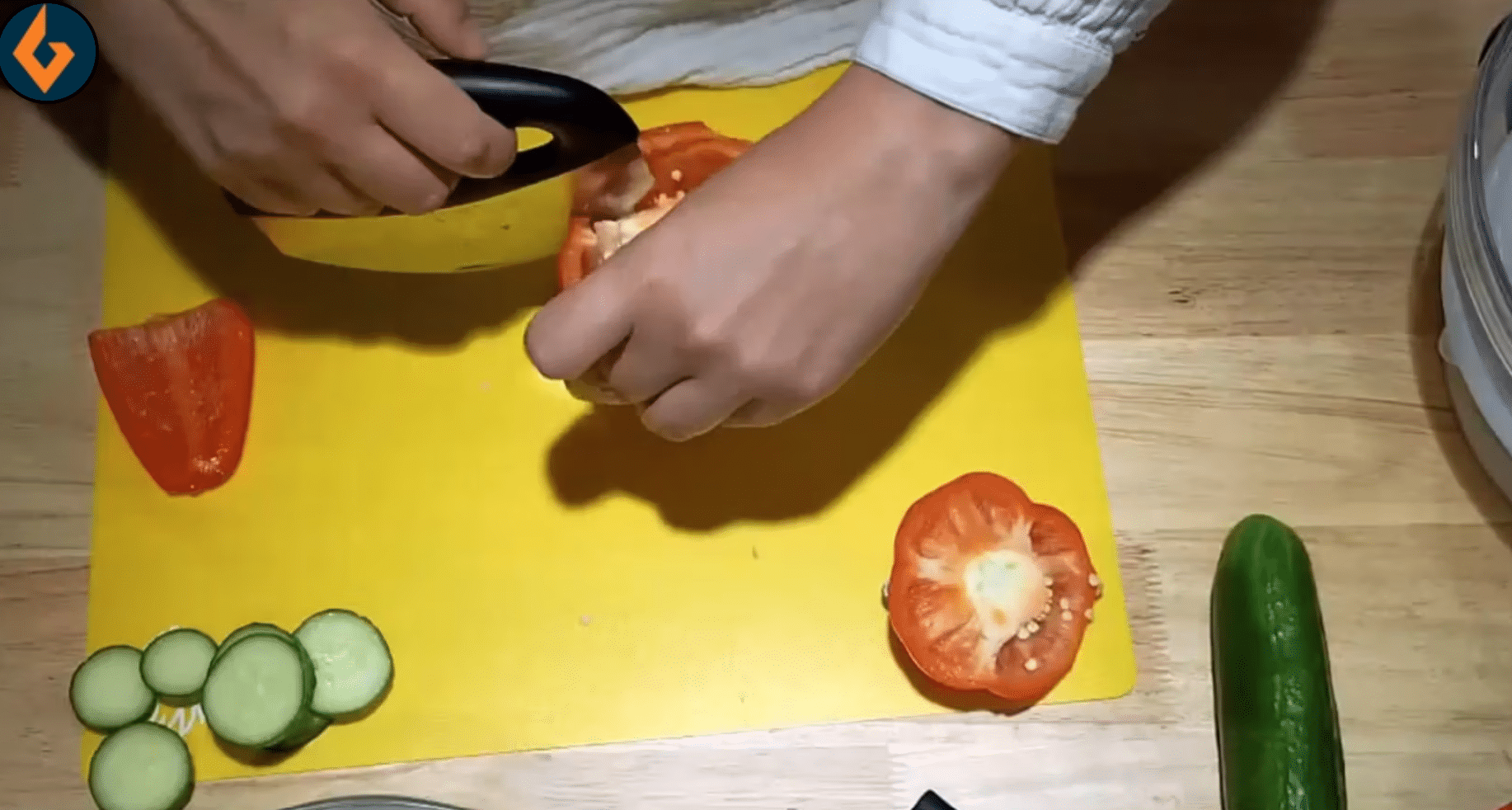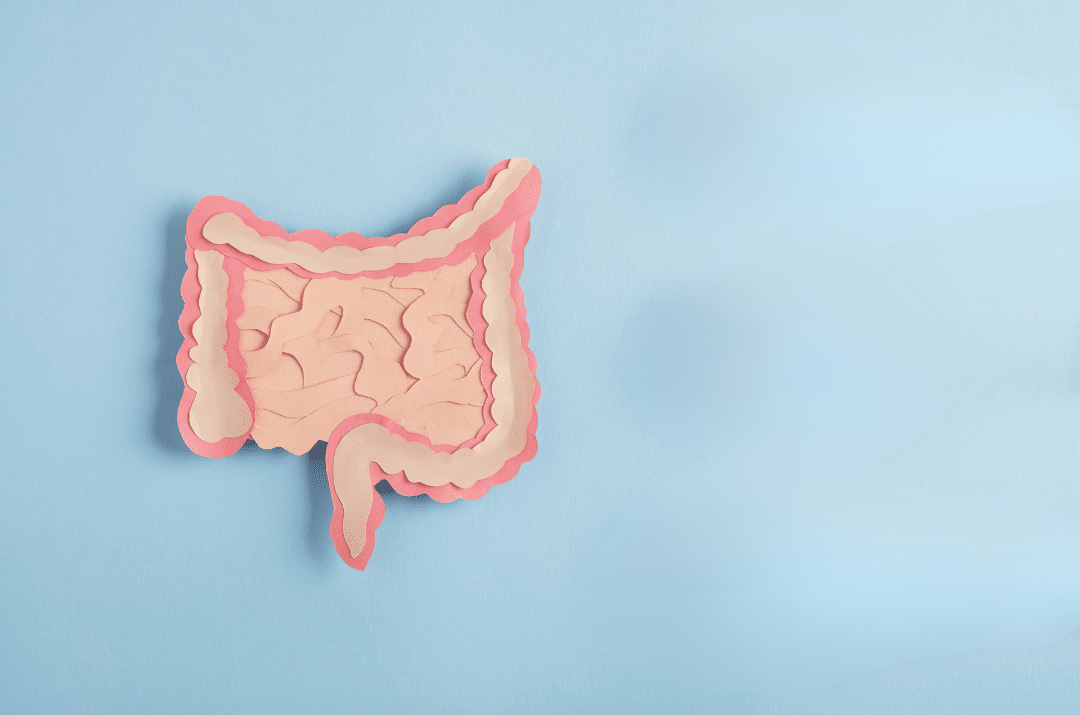In honor of National Nutrition Month, the Brian Grant Foundation spoke with Parkinson’s disease nutrition specialist Kathrynne Holden to learn why diet plays such an important role in managing Parkinson’s disease. Holden is a retired registered dietician, nutrition consultant and author of several research papers and other published work on Parkinson’s and nutrition, including the book “Cook Well, Stay Well with Parkinson’s Disease.”
Brian Grant Foundation: Why do you believe nutrition plays such a powerful role in managing Parkinson’s disease?
Kathrynne Holden: Our bodies constantly build, maintain and repair the cells of our organs, neurons, tissues, blood, muscles and bones. The materials our body needs for this work – protein, essential fatty acids, carbohydrates, minerals, vitamins, antioxidants and fibers – come from the foods we eat. Many of the symptoms of Parkinson’s disease, such as nausea, appetite loss, depression, loss of smell and taste, difficulty swallowing and unplanned weight loss, lead to nutrient deficiency or outright malnutrition. These cause new complications of their own.
BGF: What types of vitamins or nutrients do you recommend people with Parkinson’s incorporate into their diet?
KH: Vitamin D deficiency is so widespread among people with Parkinson’s disease that I recommend everyone have a baseline blood test, to see whether they may need supplements – or in extreme cases, even injections of vitamin D. Deficiency of vitamin D is associated with weakened bones, falls, fractures, and dementia. One Parkinson’s study found that persons with higher levels of vitamin D had less depression, better cognition and lower symptom severity.
The B vitamins thiamine, riboflavin, niacin, B6, B12, and folate have been studied and found to be important in preventing concerns such as dementia, insomnia, depression, behavior change and neuron degeneration. Calcium, magnesium, and potassium (also known as electrolytes) are necessary for normal functioning of the muscles. Without these electrolytes, a condition called “tetany” can occur, causing painful muscle spasms in various parts of the body, including the throat. Calcium and magnesium are also needed for bone strength, which helps prevent fractures as Parkinson’s progresses.
BGF: You’ve consulted with the medical community about the benefits of foods rich in omega-3 fatty acids for Parkinson’s. Could you expand on that?
KH: The omega-3 fatty acids eicosapentaenoic acid (EPA), docosahexaenoic acid (DHA) and alpha linolenic acid (ALA) are called essential fats because the human body can’t make them; they must come from our food. These fats form a large part of the gray matter of the brain, and deficiency is associated with depression, cognitive impairment and dementia.
A small study of men with both Parkinson’s disease and major depression found that fish oil supplements reduced depression scores. Fatty fish contains EPA and DHA; some plant oils contain ALA, which our body can convert (to a limited degree) to EPA and DHA.
BGF: You’ve also placed a lot of emphasis on fiber-rich foods for those living with Parkinson’s. Why is that?
KH: Fibers play important roles in Parkinson’s disease, first, because insoluble fiber helps manage constipation, which is very common. In fact, constipation is often among the earliest signs, occurring even before diagnosis. Fiber can help prevent constipation and its more serious complication, bowel impaction. A second role for fiber is that many different kinds of fiber are needed as food by the friendly bacteria in our intestines, known as microbiome. The importance of microbiome cannot be overstated, as it affects immune response, mental health, intestinal health and blood glucose control.
BGF: What are the must-haves that should be on anyone with Parkinson’s shopping list?
KH: I recommend they try to eat at least two or three varieties of the following foods weekly:
• Beans, either dried or canned, are great sources of thiamine, folate, magnesium, potassium and fiber.
• Nuts and seeds, whether sunflower, sesame, flax and pumpkin seeds, peanuts, almonds, walnuts and Brazil nuts, offer thiamine, riboflavin, B6, magnesium, alpha linolenic acid.
• Whole grains like oats, whole wheat, buckwheat, millet, barley, quinoa, rye, brown rice and popcorn will provide thiamine, fiber, complex carbohydrates.
• A variety of vegetables and fruits, including dark leafy greens, mushrooms, broccoli, potatoes and sweet potatoes, avocados, bananas, apples, citrus fruits, grapes, kiwi fruit, contain riboflavin, niacin, B6, folate, calcium, magnesium, potassium and a variety of fibers. Be sure to consume a few different ones each week.
• Fatty fish such as salmon, sardines, or tuna (fresh, frozen, or canned) and halibut; eggs; chicken or turkey white meat; occasional beef or pork contain niacin, B6 and B12. Fatty fish and eggs also have omega-3 fatty acids and vitamin D.
• I suggest yogurt for calcium, vitamin D (if fortified), riboflavin, B12 and probiotic bacteria.
• I recommend onions, apples, bananas, whole grains, dried beans, flax seeds, raw honey, cocoa powder and dark chocolate for their prebiotic, soluble and insoluble fibers.
BGF: Would you mind sharing your personal connection to Parkinson’s disease and what inspired you to serve this community?
KH: My interest has always been in nutrition for older adults, and this led me to Parkinson’s disease. I quickly discovered that, while Parkinson’s throws out many obstacles to nutritional health, there was little-to-no dietary information specific to Parkinson’s and little awareness that PD could cause slowed stomach emptying, dysphagia and difficulty chewing. People were suffering from malnutrition because they had a hard time managing eating utensils. I’ve since made it my goal to research, study, write and provide guidance for both health professionals and the public. And I continue to learn from all the wonderful people with Parkinson’s disease and their super caregivers, who give me so much more than I can return.
Learn more about the benefits of diet and exercise for Parkinson’s disease and share your best recipes and fitness tips with others at The Power Through Project. Sign up today!
By Kathryn Jones



